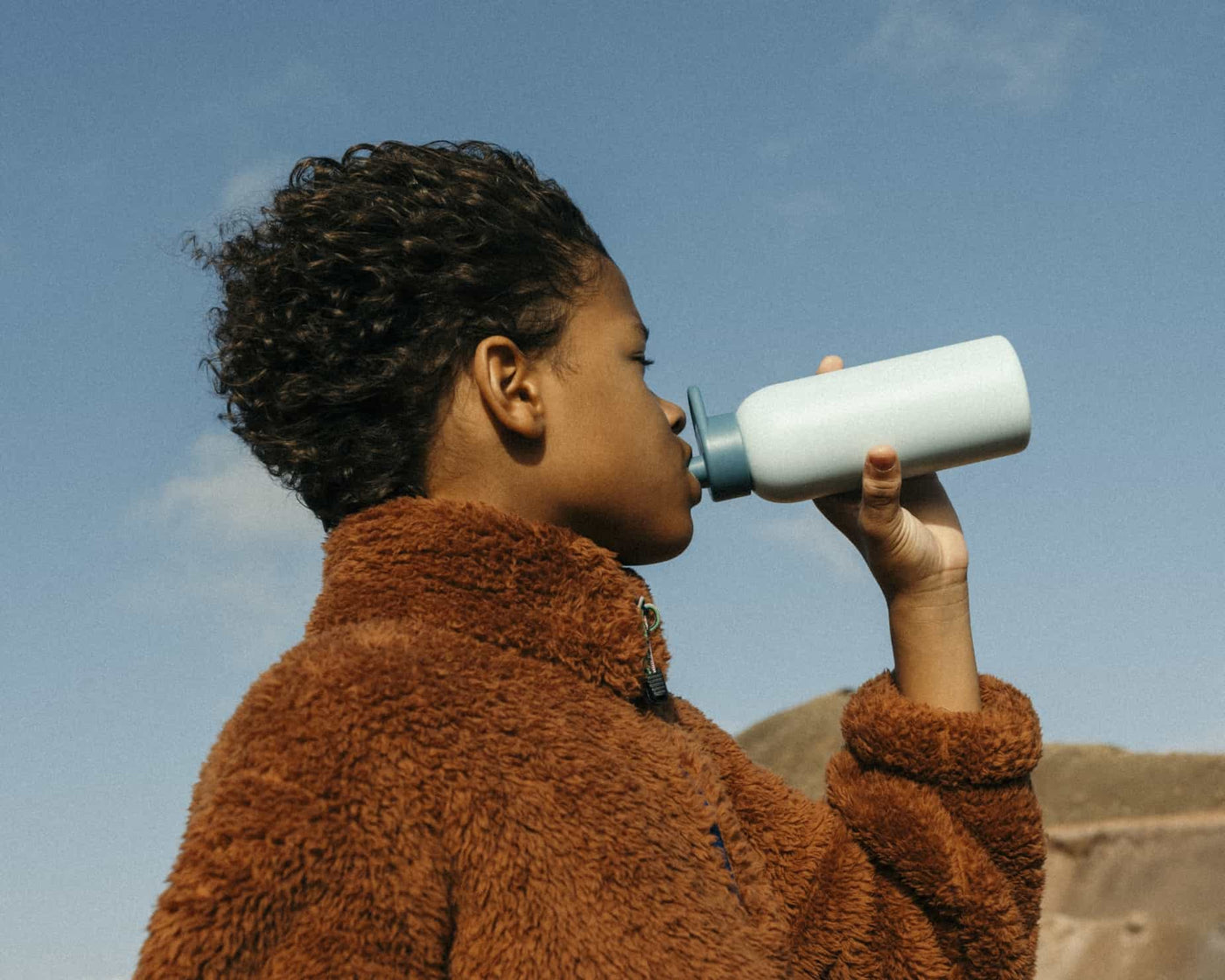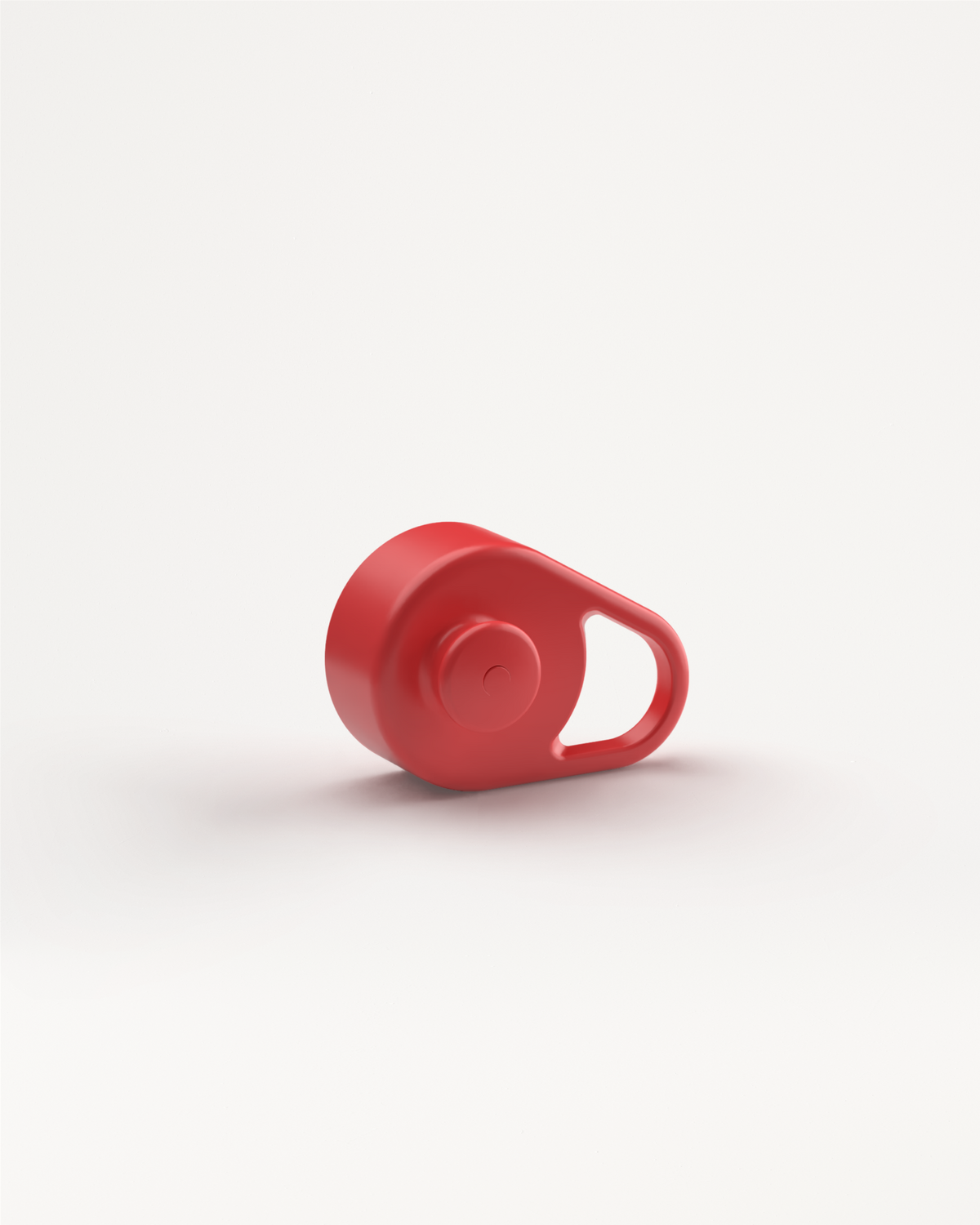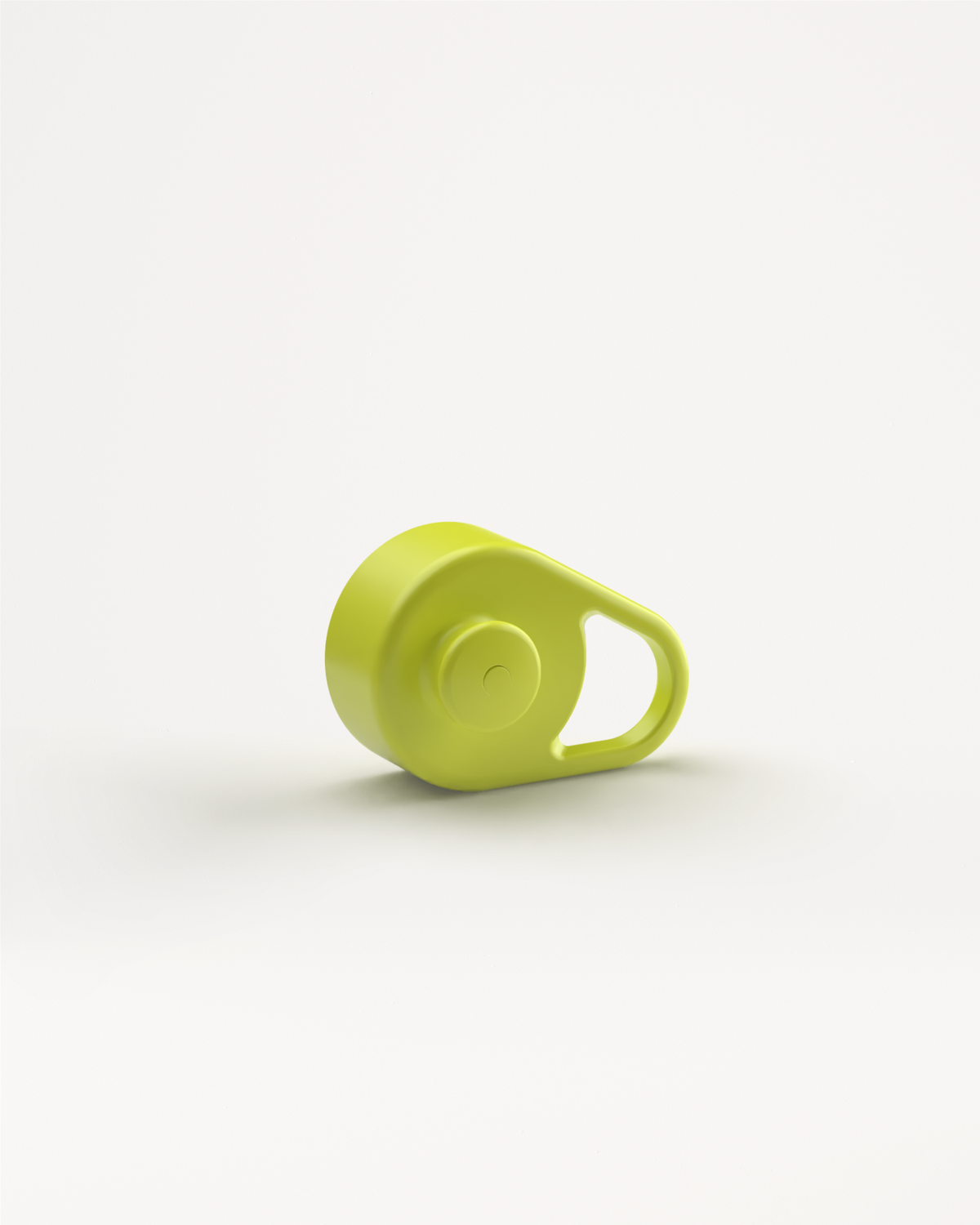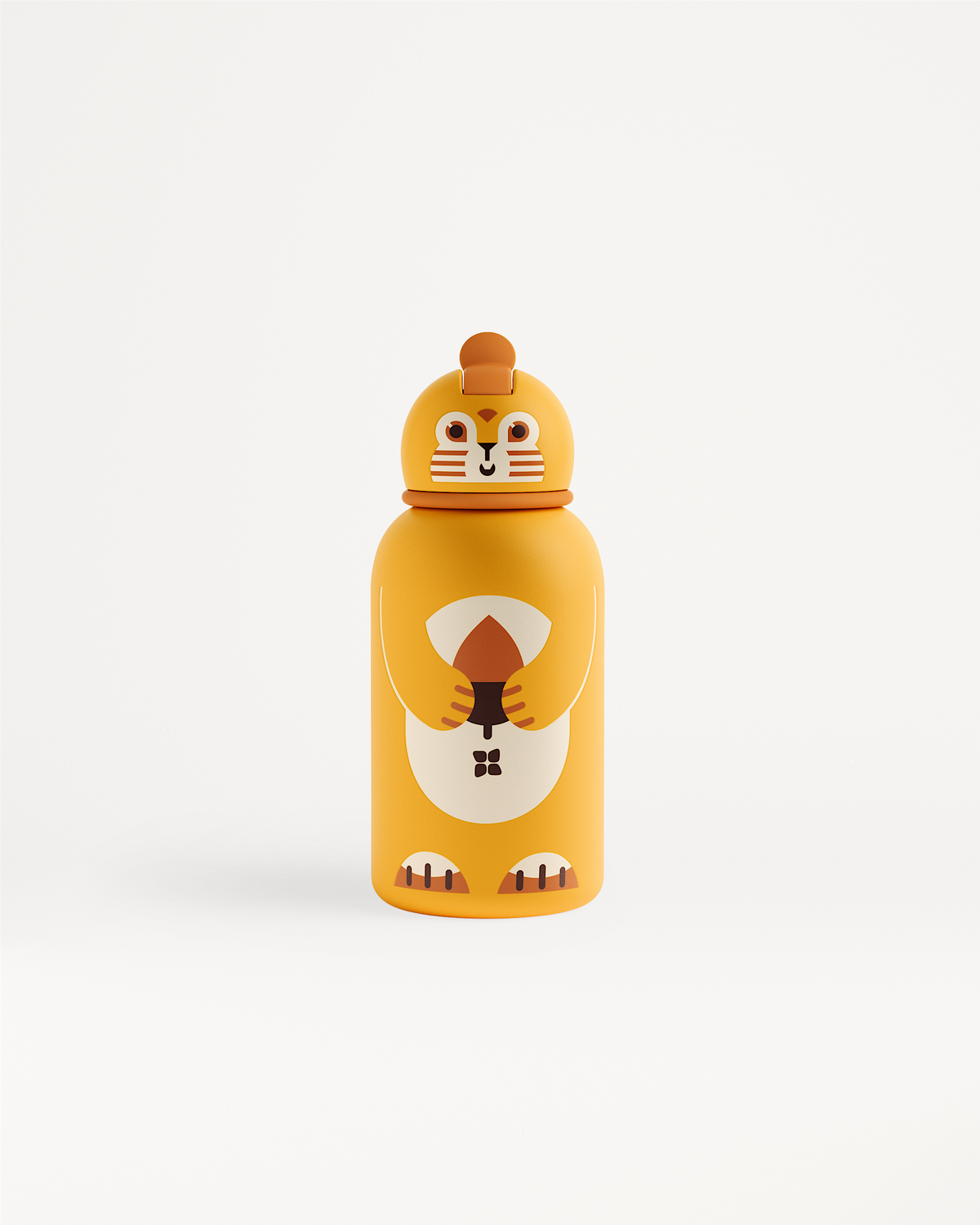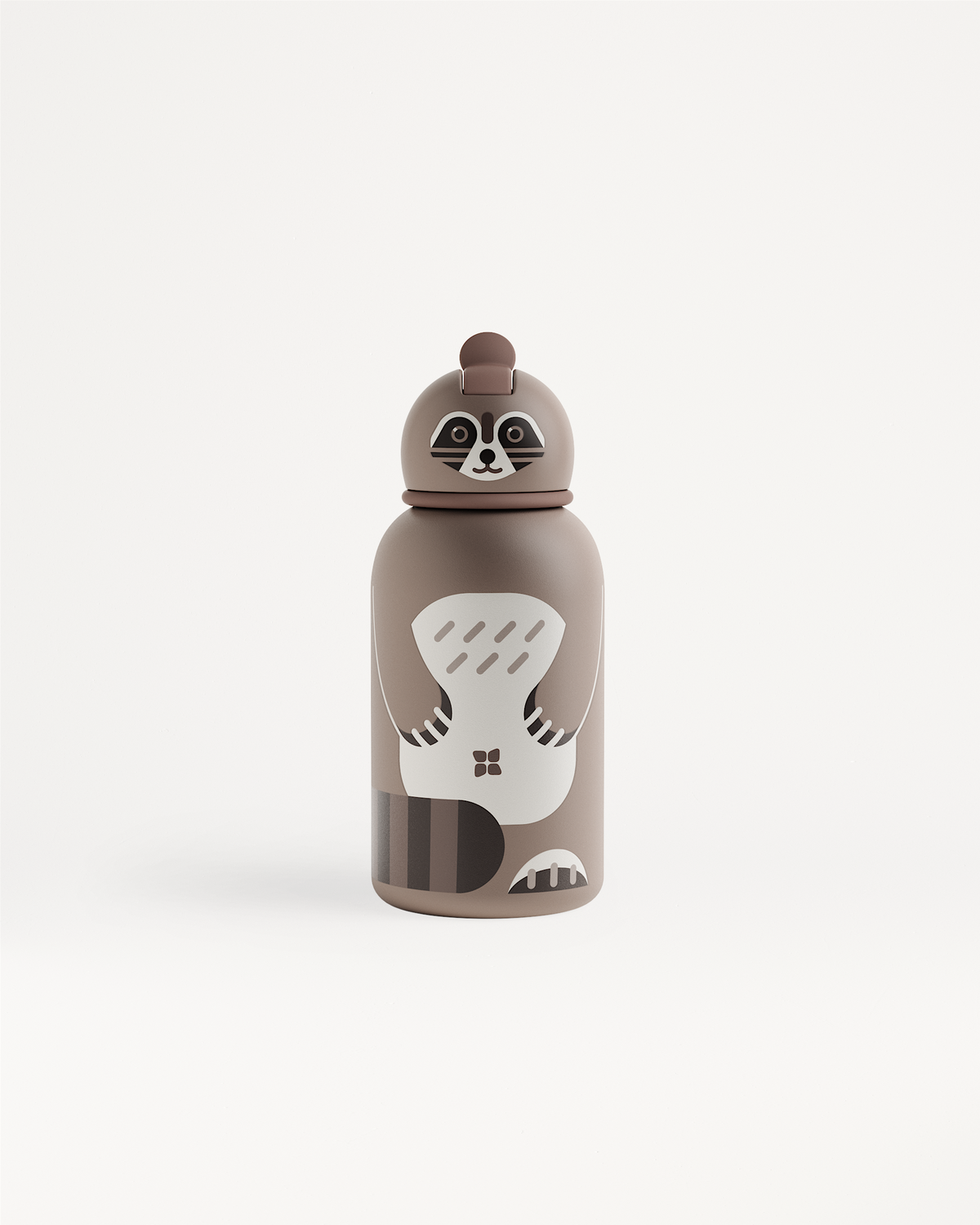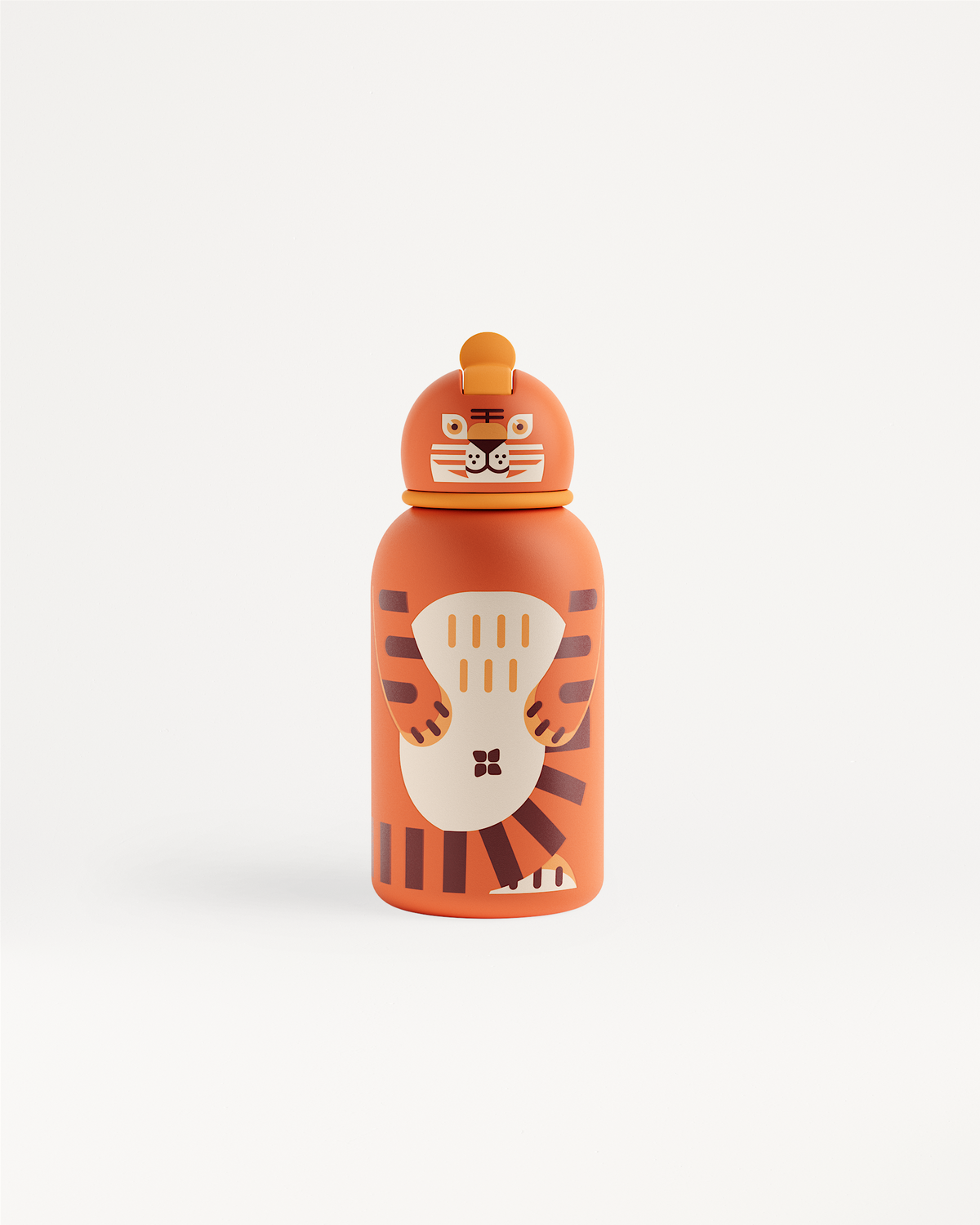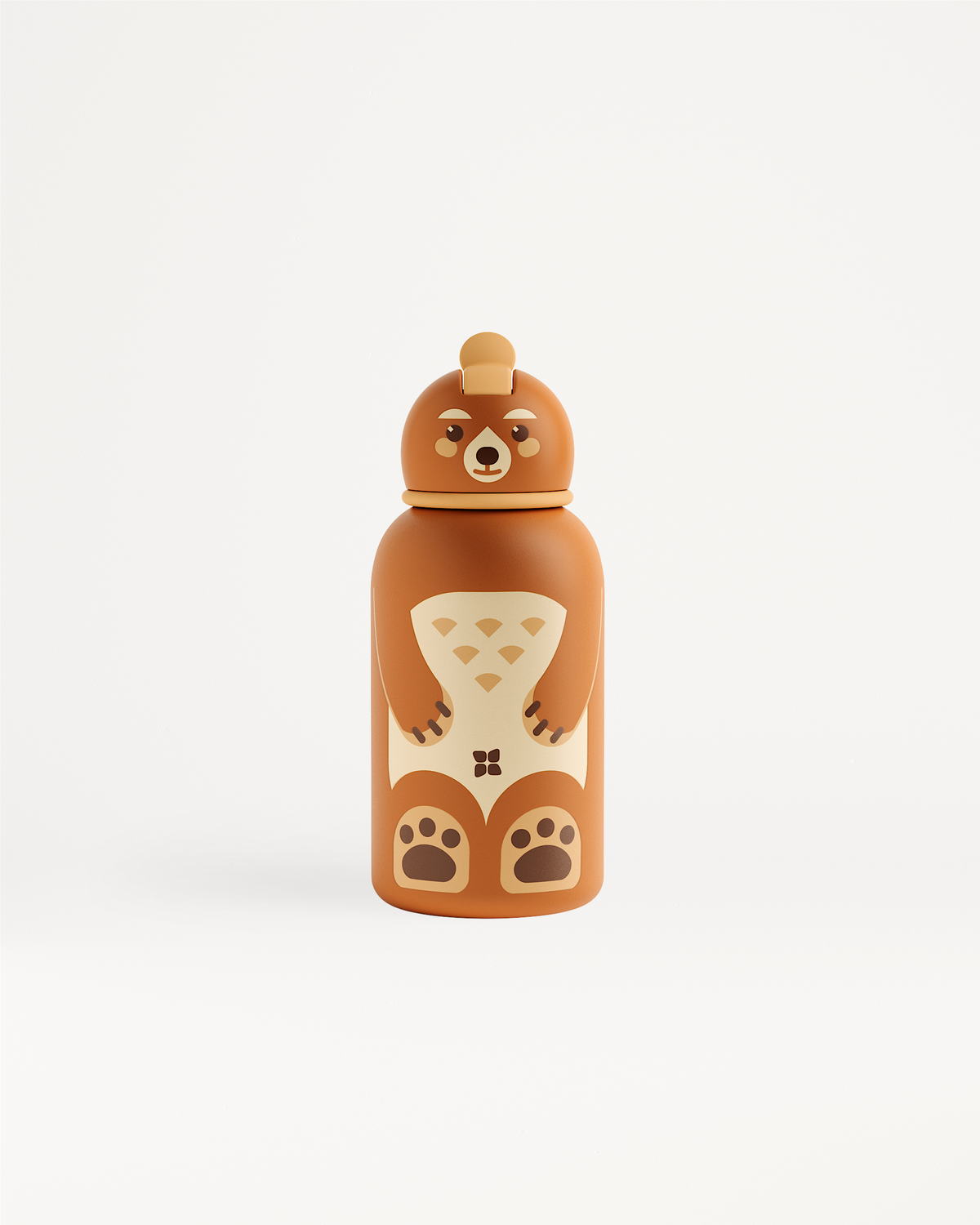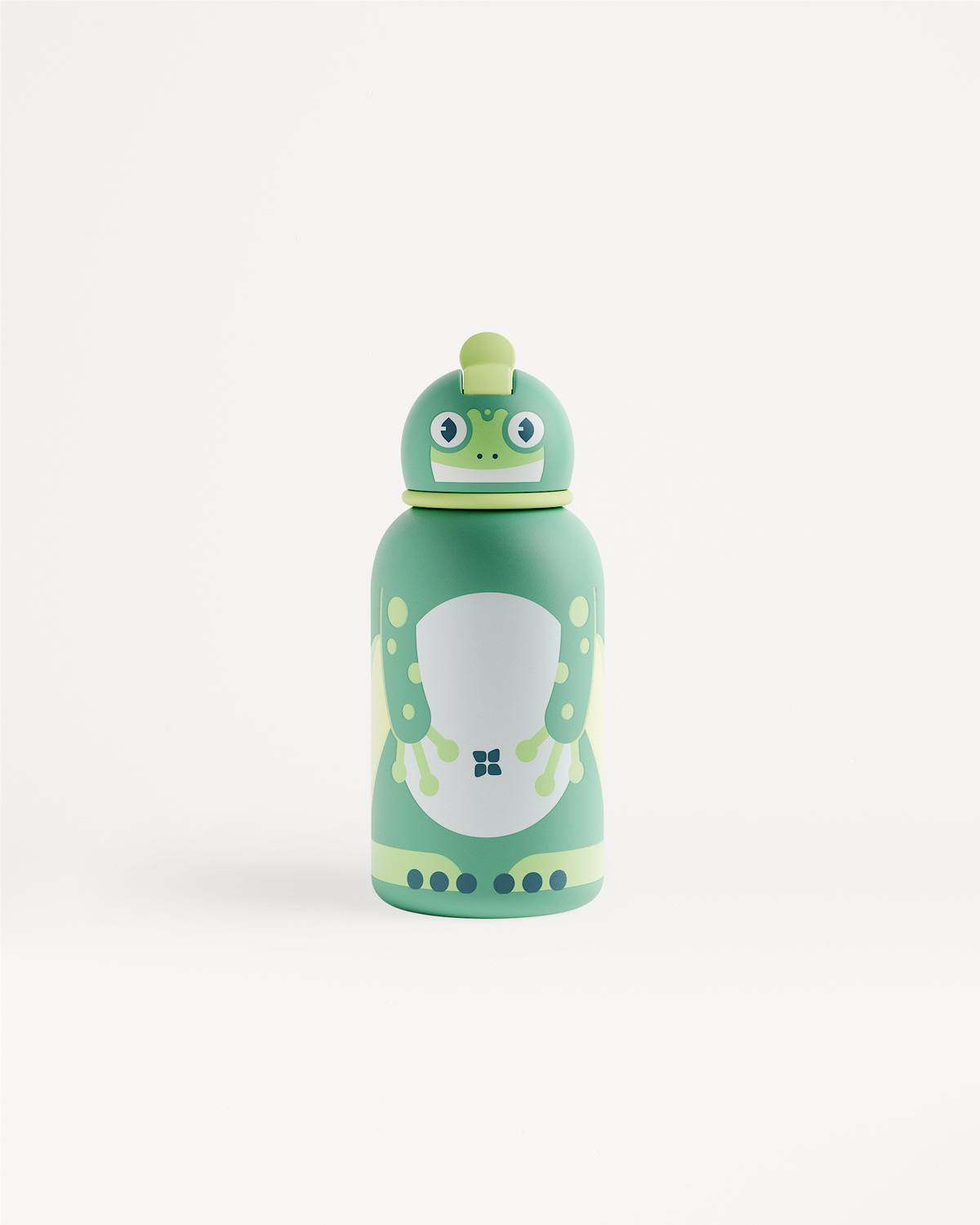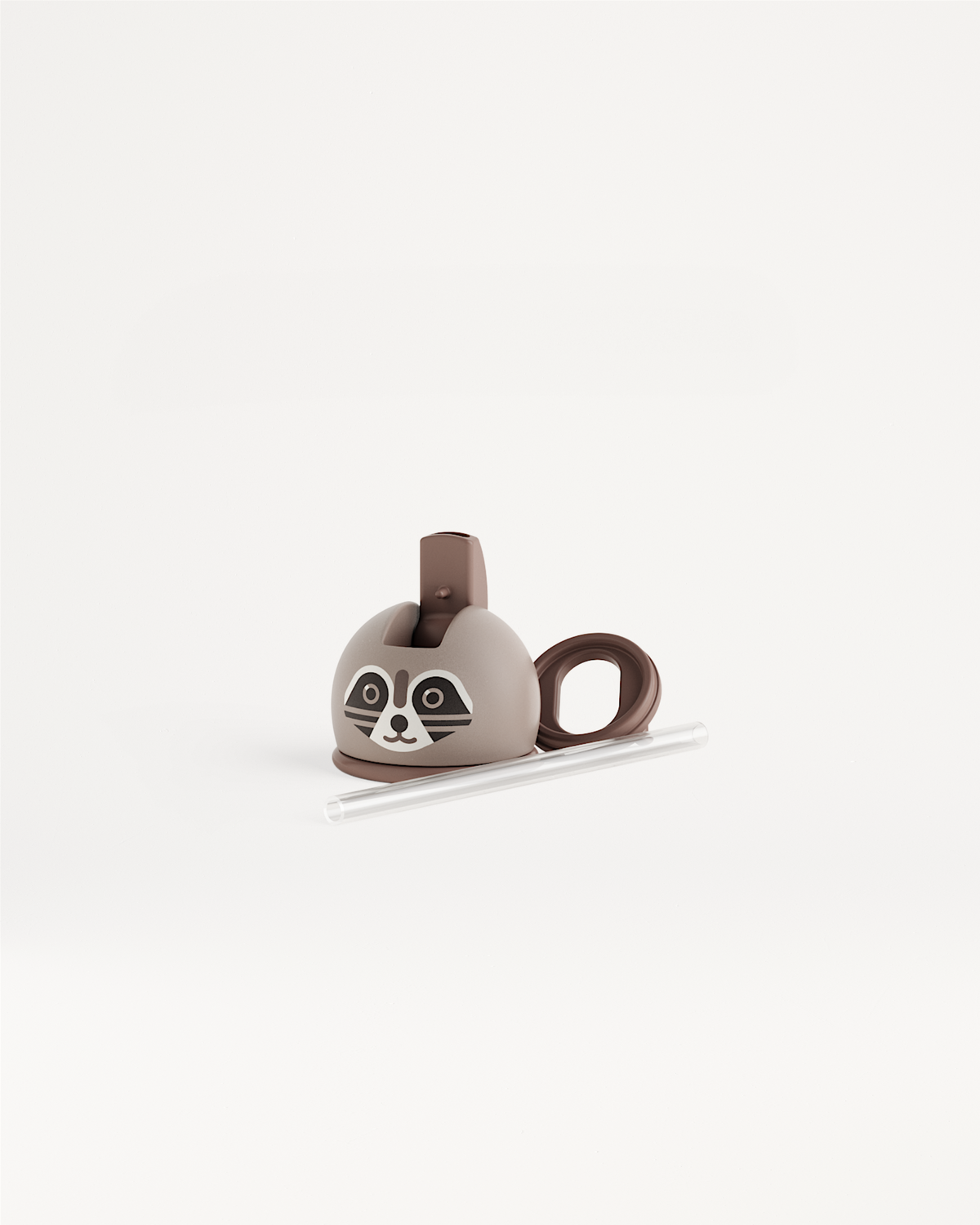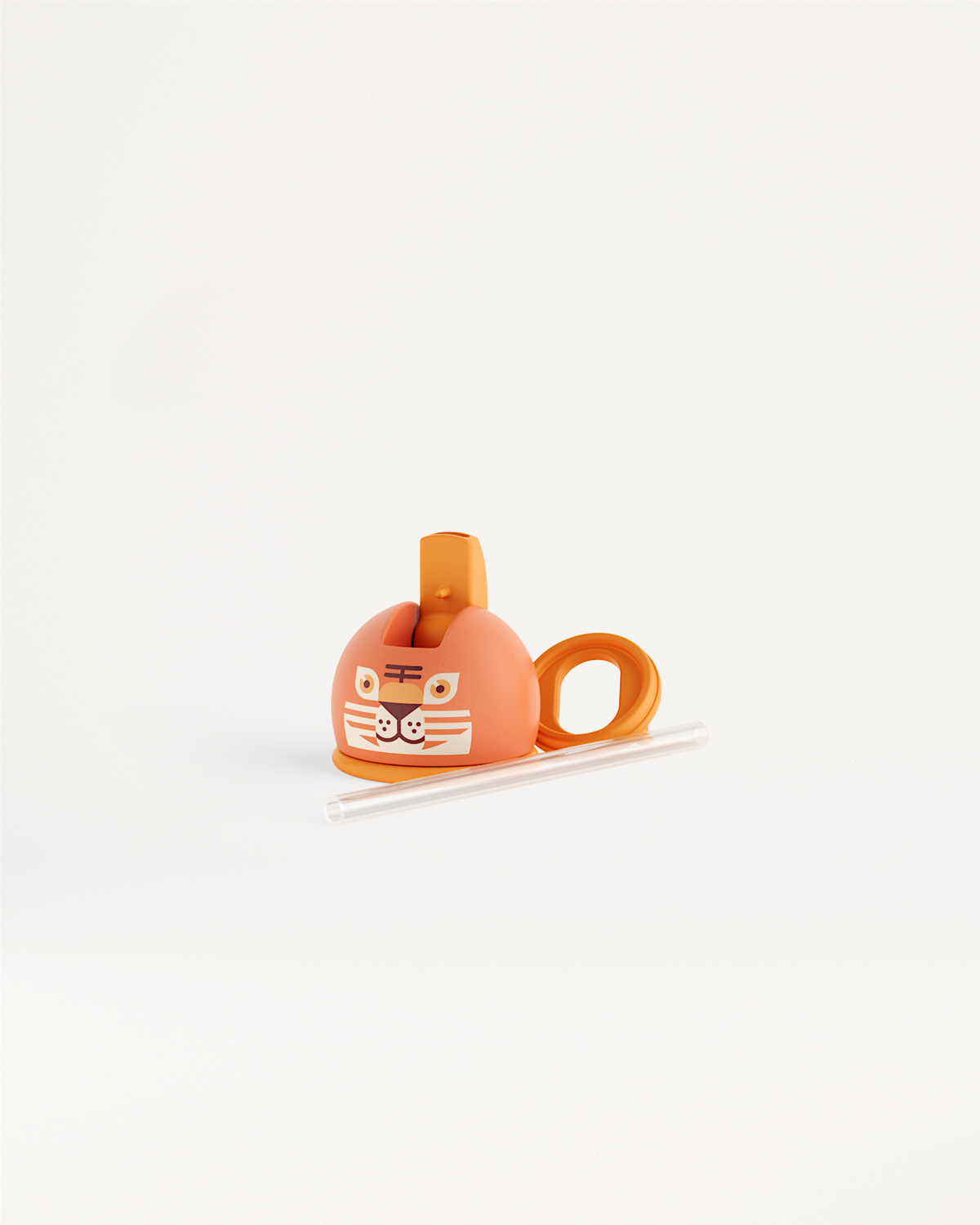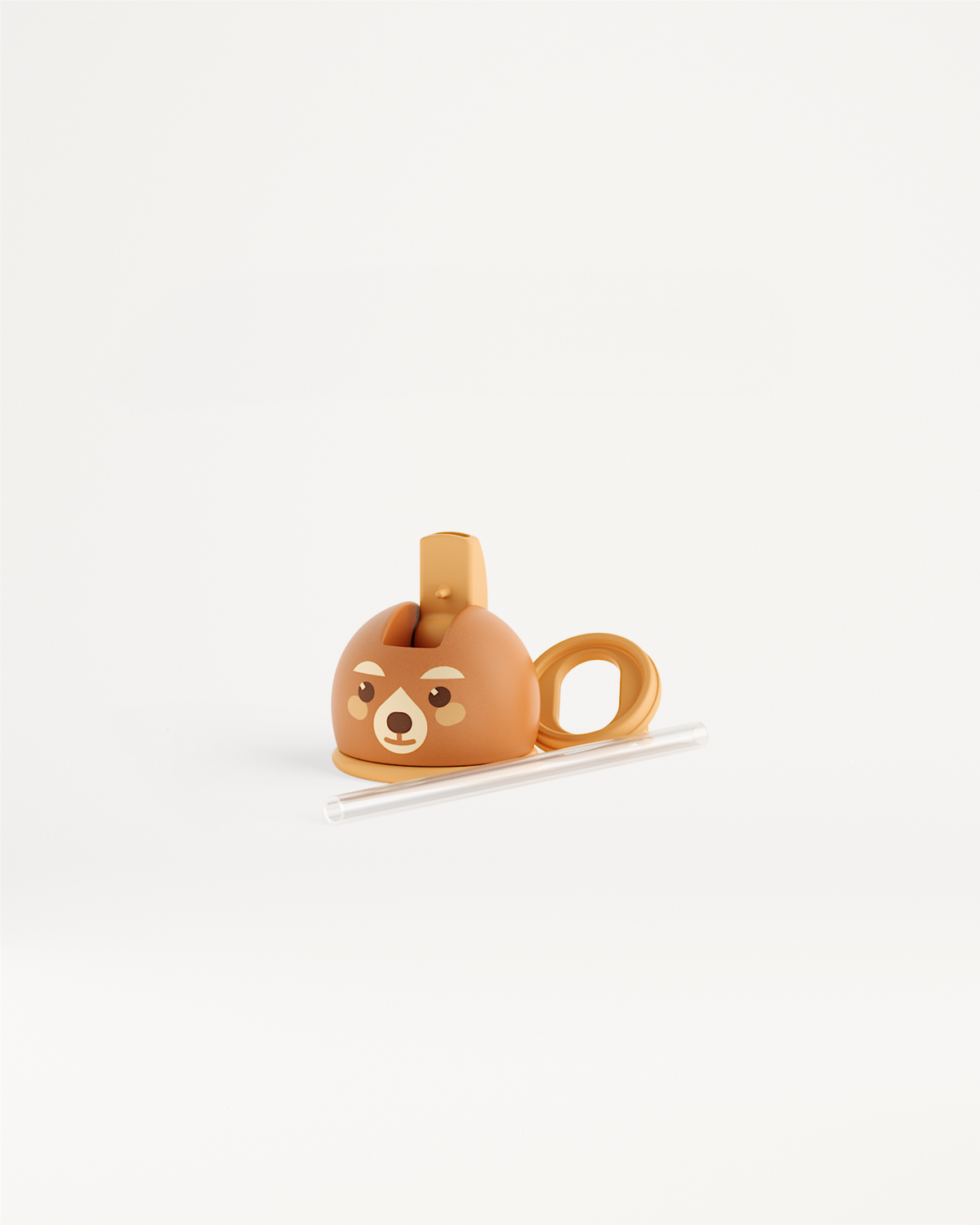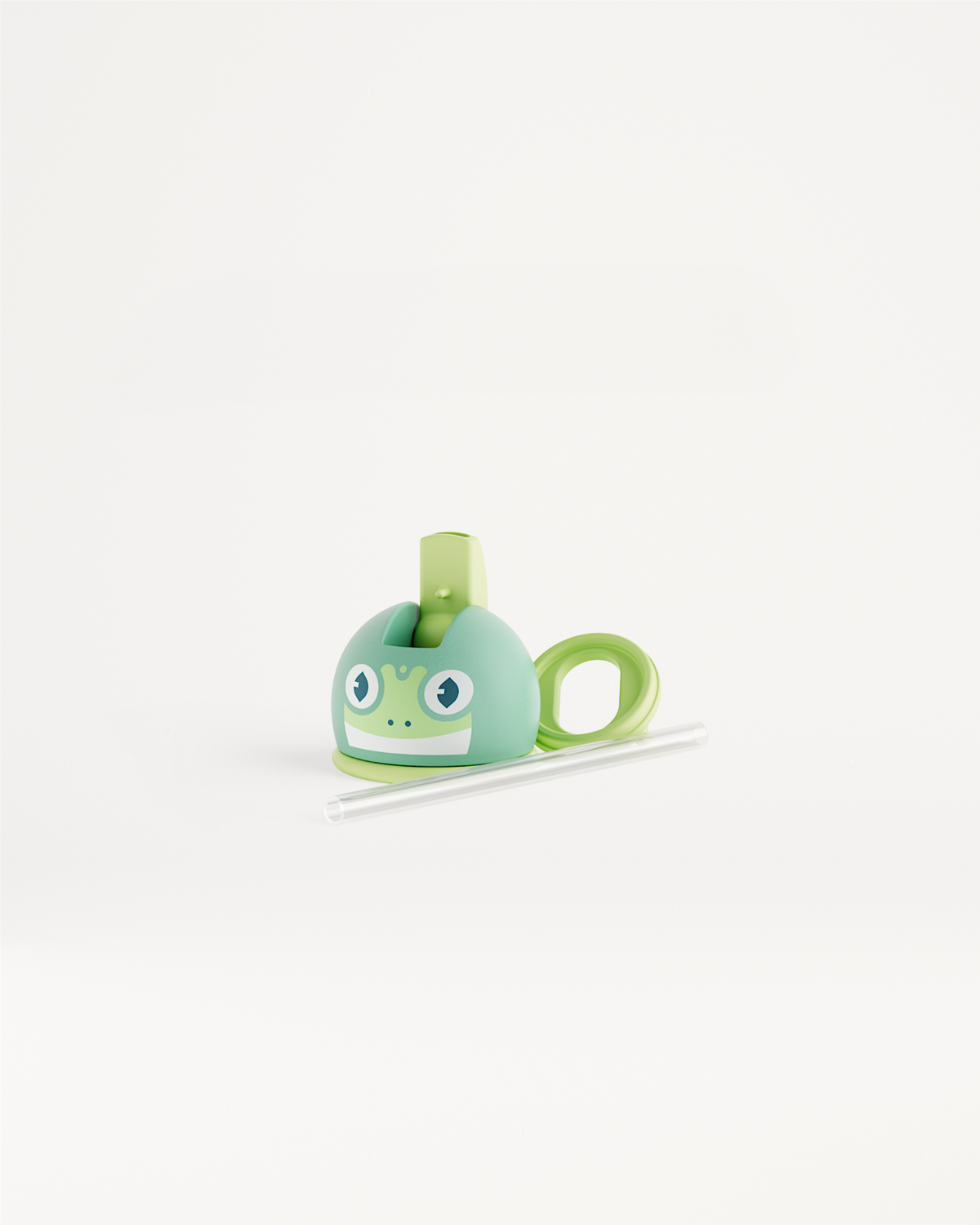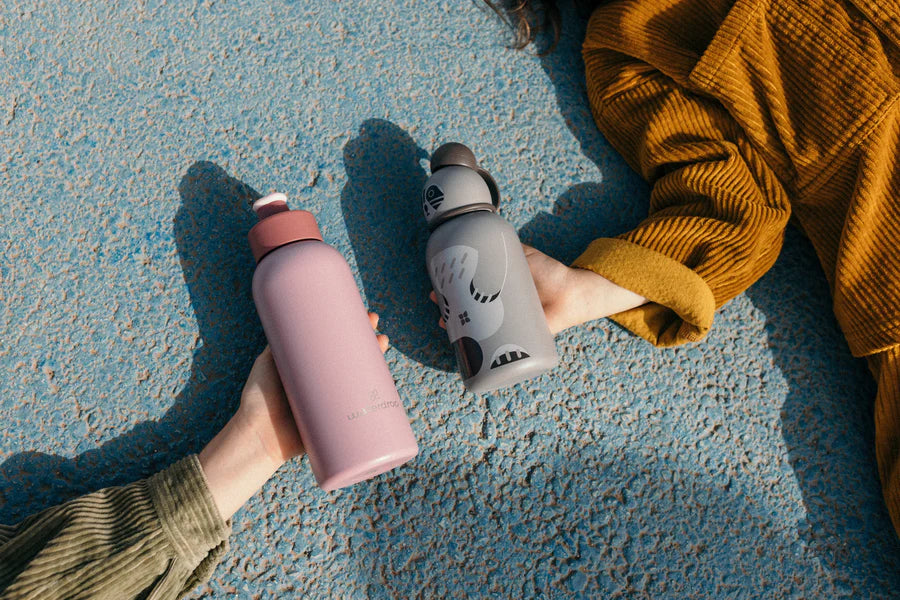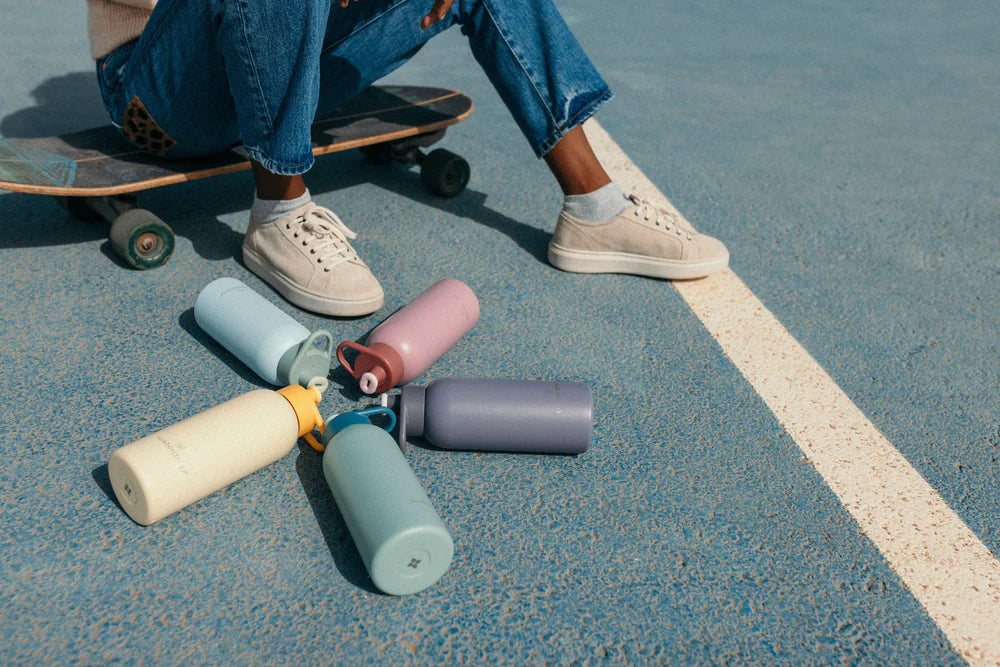Children are typically less thirsty compared to adults. However, as they also need more fluids, this easily results in dehydration and recent studies have shown that this is a common issue. But how much water is actually “sufficient”? Dive in and let’s find out!
A day in the life of a child is very exciting. There is just so much to experience and discover, and drinking quickly takes a backseat. The distractions of everyday life make it difficult for children to perceive and listen to their own needs. It is not surprising that many children and young people drink far too little than they should, even though this is important to keep their energy levels up.
How much water should a kid drink per day?
Generally speaking, the daily amount of fluids the body needs depends on several factors such as age, physique, and activity level. People who are very physically active i.e. frequently engage in strenuous activities or do a lot of sports, naturally need more fluids than others. As children tend to use up more energy in school as well as in everyday life in general, drinking enough water is hugely important. But just how much water should kids drink per day? To get a rough estimate, you can use our waterdrop® Hydration App. With personalized features to analyse your and your child’s drinking habits, you can easily determine how much water you both need and ensure you stay hydrated throughout the day.

Recommended Daily Fluid Intake For Children and Youths
|
Children/Youths |
Drink Volume (oz/ml a day) |
|
1 - 4 Years |
28 oz / 820ml |
|
4 - 7 Years |
32 oz / 940ml |
|
7 - 10 Years |
33 oz / 970ml |
|
10 - 13 Years |
40 oz / 1170ml |
|
13 - 15 Years |
45 oz / 1330ml |
|
15 - 19 Years |
52 oz / 1530ml |
Source: German Society for Nutrition et al. (Deutsche Gesellschaft für Ernährung e. V. u. a. (Hrsg)) Referenzwerte für die Nährstoffzufuhr, Neuer Umschau Buchverlag, Neustadt a.d.W. 2001 Richtwerte für Gesunde, bei einer bedarfsgerechten Energiezufuhr und durchschnittlichen Lebensbedingungen.

Studies Demonstrate: Children Generally Drink Too Little
In the Liq.In7 cross-sectional surveys involving 6,469 children (4-17 years) from 13 countries, 60% were not meeting the recommended amount of fluid intake set out by the European Food Safety Authority (EFSA). In 6 out of 13 countries, children were also drinking more sugary beverages and fruit juices than water. This results in consequences such as fatigue, headache, and poor concentration, all of which have a negative effect on school performance.
The full results of the survey can be found here



















